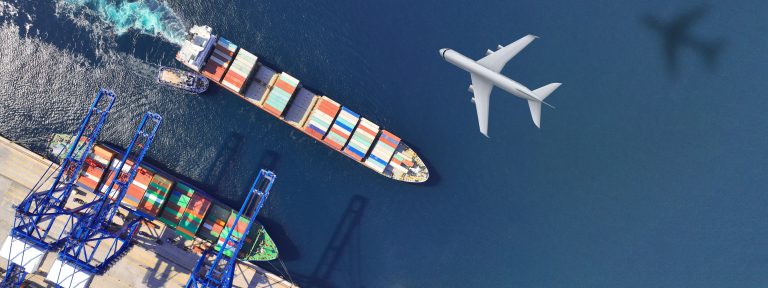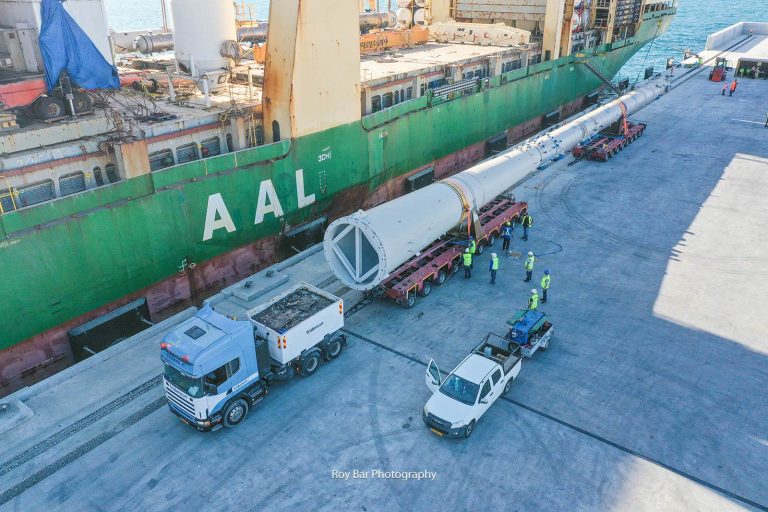eezyimport by Fridenson Group – smart, streamlined solutions for importing to the U.S.
With the new tariffs increasing costs for US importers, exporters must adapt and offer solutions to maintain strong business relationships. Here’s how you can help your US buyers save and keep them motivated to continue purchasing from you:
1. Offer Alternative Pricing & Cost-Sharing
Absorb part of the tariff costs to remain competitive.
Provide discounted bulk pricing or long-term contract incentives.
Explore cost-sharing agreements to distribute the tariff burden strategically.
2. Optimize Tariff Classification & Compliance
Work with your US buyers to ensure accurate HTS classification, potentially lowering duty rates.
Modify products slightly to qualify for lower tariff categories (tariff engineering).
Use AI-driven classification tools like BINA to find the most cost-effective codes.
3. Adjust Supply Chain & Production Strategies
Shift production or sourcing to countries with lower or no tariffs under Free Trade Agreements (FTAs).
Explore regional supply chain options to qualify for preferential duty rates.
4. Offer Flexible Payment & Financing Options
Provide extended payment terms to help US buyers manage cash flow.
Offer trade financing solutions or partner with financial institutions to assist customers.
5. Ship Smarter: Utilize Free Trade Zones & Bonded Warehouses
Work with US partners to leverage Foreign Trade Zones (FTZs) where duties can be deferred or reduced.
Use bonded warehouses to help buyers delay tariff payments until products are sold.
6. Highlight Non-Tariff Advantages
Emphasize quality, reliability, and unique selling points to justify the cost.
Offer value-added services, such as faster delivery, customized solutions, or after-sales support.
7. Assist US Buyers in Applying for Exemptions & Duty Drawback
Support them in requesting tariff exclusions if applicable.
If they re-export some of your products, guide them through the US Duty Drawback Program to recover tariffs.
8. Leverage De Minimis Shipments
Break large shipments into smaller ones that fall under the de minimis threshold (where applicable) to reduce duty impact.
9. Strengthen Long-Term Partnerships
Offer loyalty incentives for continued business.
Be transparent and communicate tariff-related cost changes early, so buyers can plan ahead.
10. Refer your US customers to online solutions that reduce customs clearance costs
Now more than ever, importers need to find ways to reduce costs and optimize their supply chain. At eezyimport, we’re here to help answer any questions and provide a smarter, cost-effective customs clearance solution with lower rates.
By proactively supporting your US customers, you can maintain strong trade relationships and help them navigate the rising tariff costs. Collaboration, strategic pricing, and supply chain flexibility are key to keeping exports flowing despite new trade barriers.
Visit eezyimport.com





